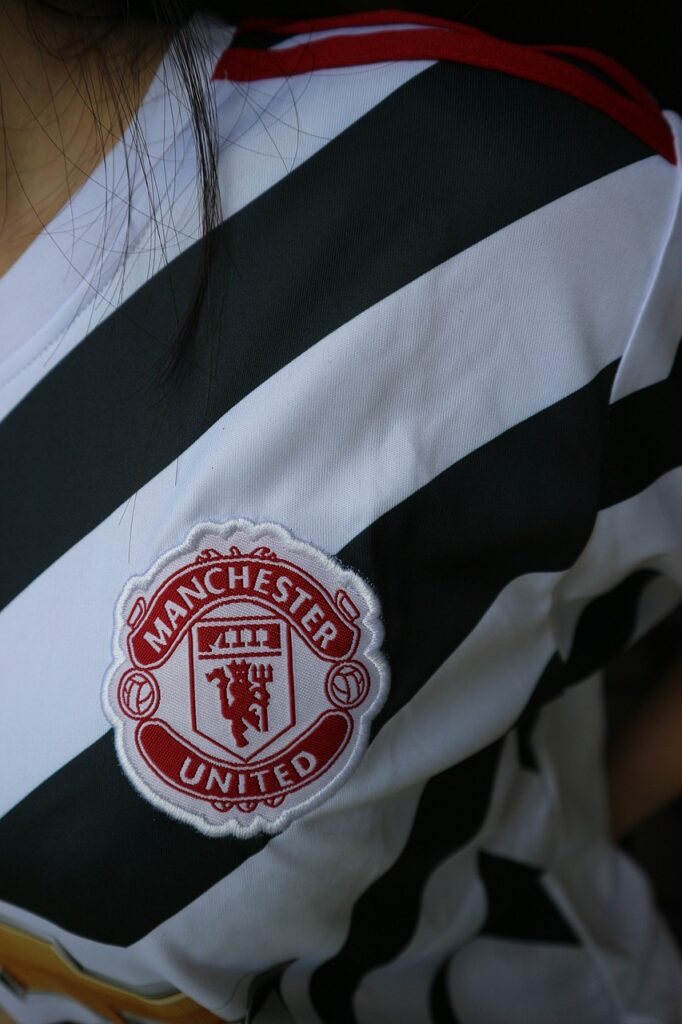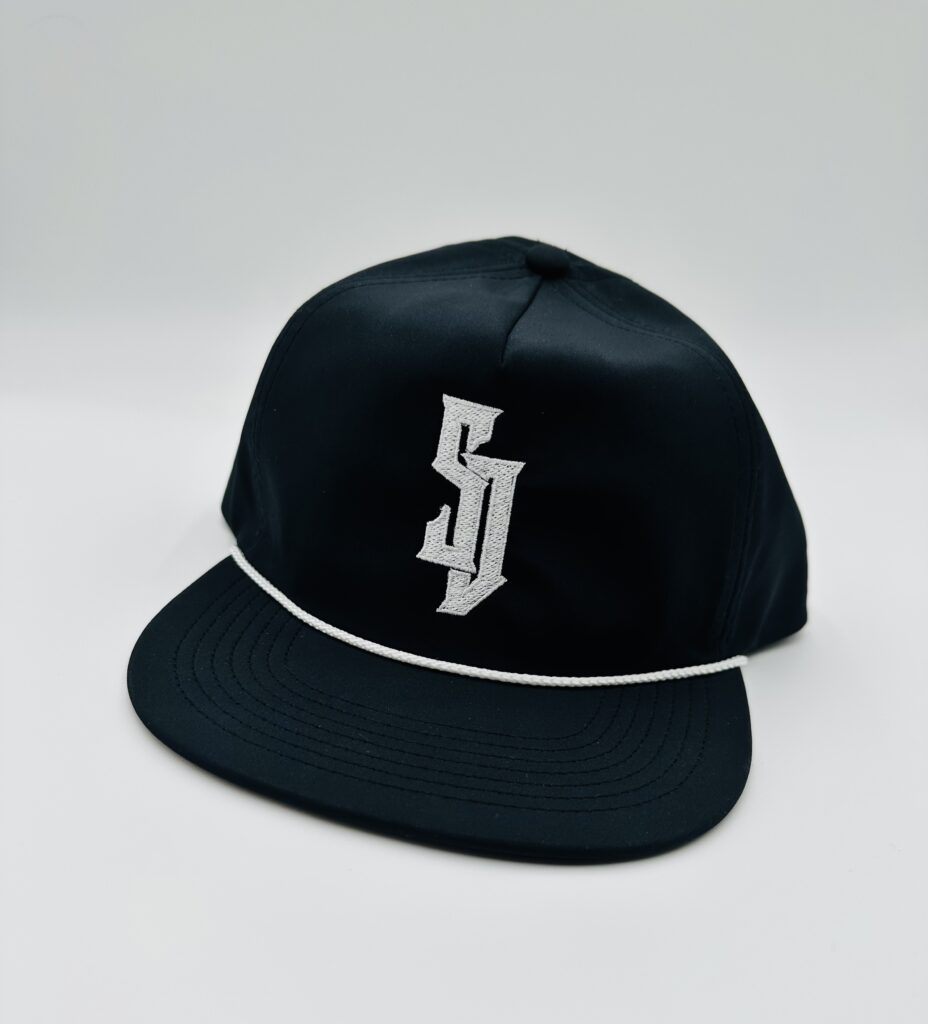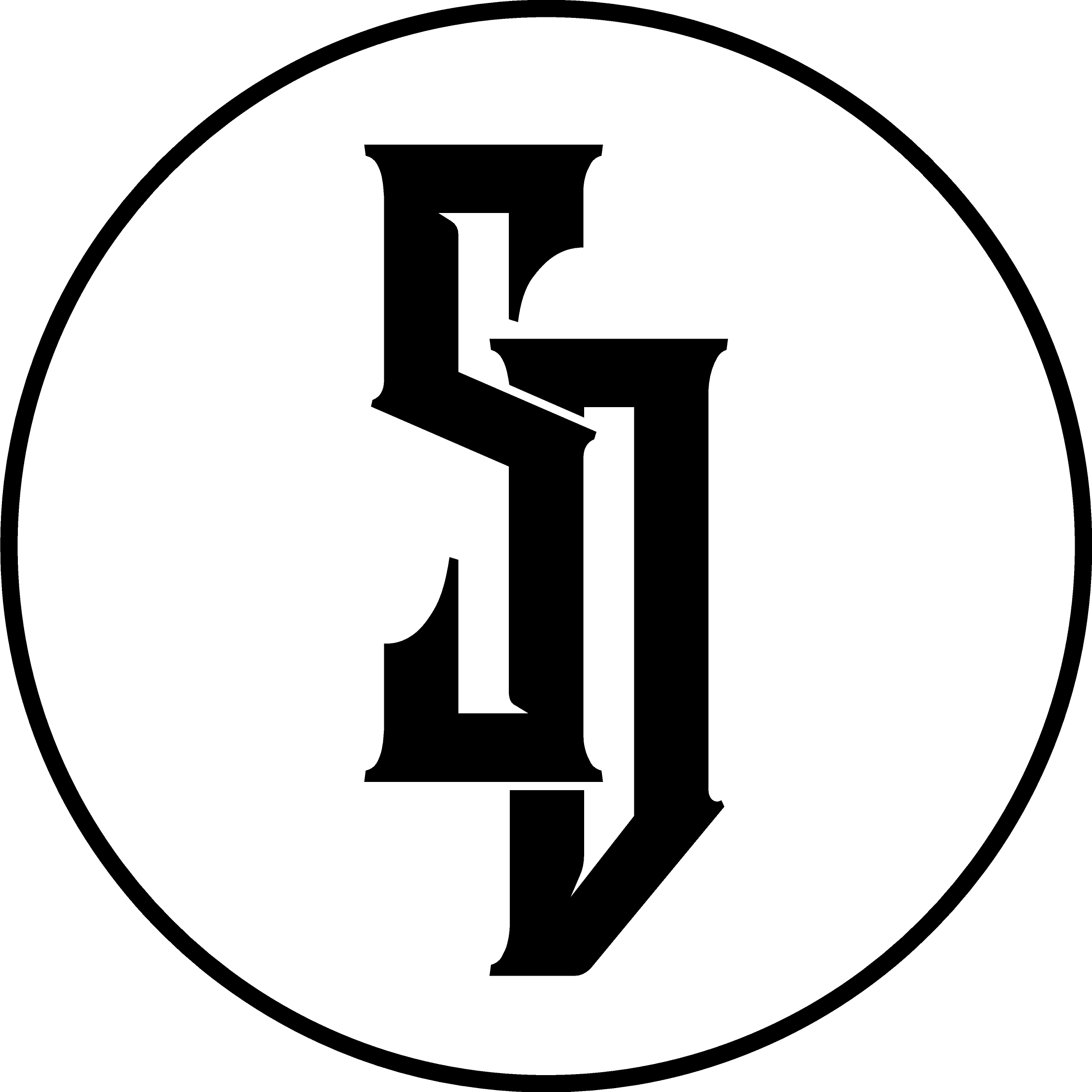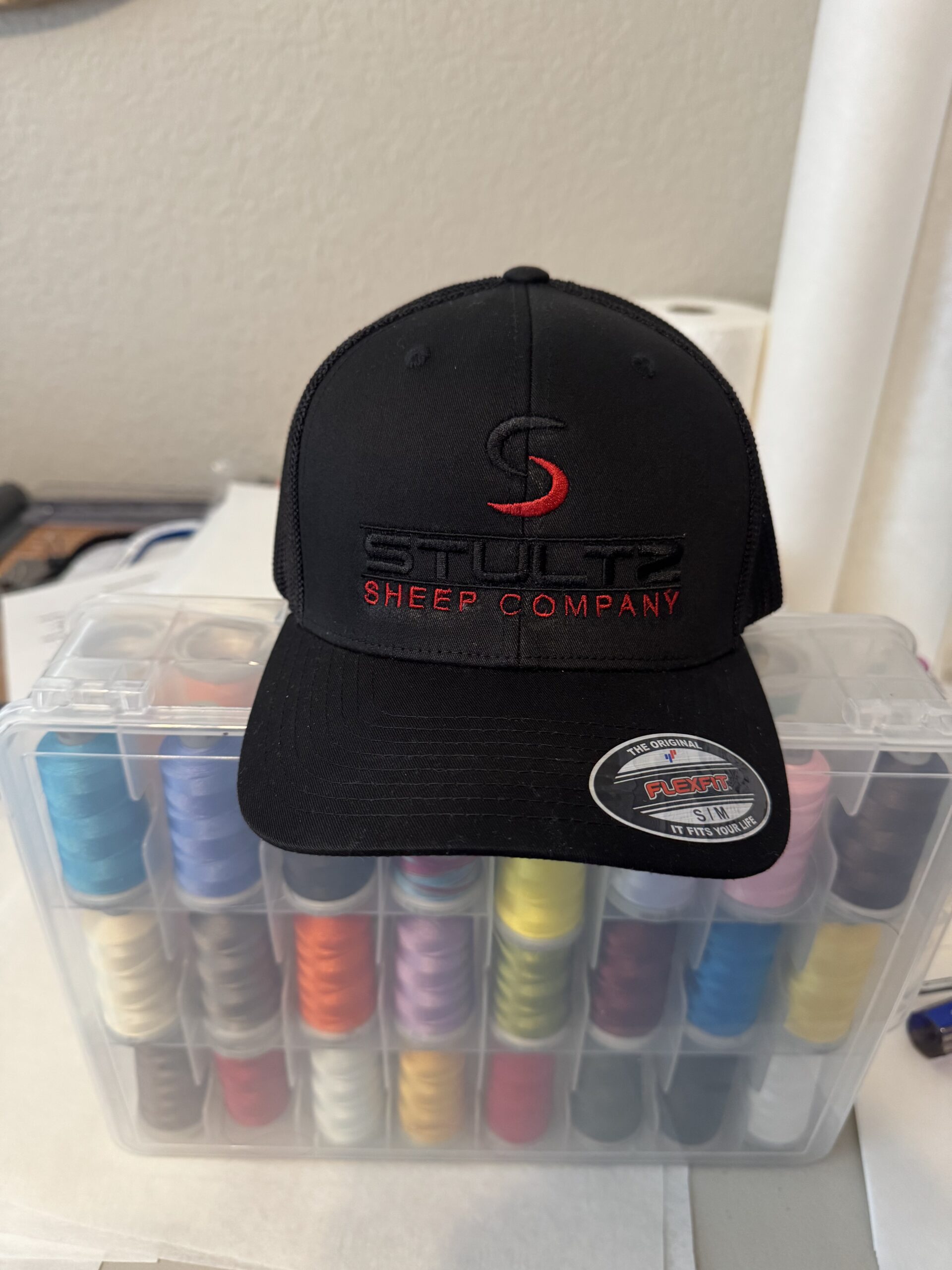The landscape of promotional merchandise in 2025 is evolving rapidly, driven by changing consumer preferences, technological advancements, and a strong emphasis on sustainability and personalization. These trends are particularly relevant for B2B marketing strategies, including the use of embroidered clothing as a strategic tool for brand building and client engagement. Below, we explore the top promotional merchandise trends for 2025, with a focus on how embroidered clothing fits into these trends and enhances B2B marketing efforts, while integrating insights from recent industry sources.

1. Sustainability as a Core Value
Sustainability continues to dominate promotional merchandise trends in 2025, with eco-friendly products becoming a must-have for brands aiming to align with consumer and business values. Consumers and B2B buyers increasingly prioritize environmentally conscious brands, with 46% of consumers feeling more favorable toward brands offering eco-friendly items and 43% of larger UK/EU distributors reporting increased demand for sustainable products.
Relevance to Embroidered Clothing: Embroidered clothing can capitalize on this trend by using sustainable materials such as organic cotton, recycled polyester, or bamboo-infused fabrics. For example, offering embroidered polos or jackets made from eco-friendly materials not only promotes a B2B brand but also signals a commitment to reducing environmental impact. Choosing durable embroidery techniques ensures the apparel lasts, reducing waste and aligning with the trend of quality over quantity. Businesses can further enhance this by partnering with suppliers who follow ethical labor practices, appealing to B2B clients who value corporate responsibility.
B2B Application: In B2B settings, sustainable embroidered apparel can be used as employee uniforms or client gifts, showcasing a brand’s green commitment. For instance, a consulting firm could gift clients embroidered tote bags made from recycled materials, reinforcing brand values during trade shows or corporate events. Highlighting sustainability in gift packaging or marketing materials can further amplify this message.
2. Subtle and Minimalist Branding
Gone are the days of bold, oversized logos. In 2025, subtle and minimalist branding is a key trend, focusing on tasteful, understated designs that integrate seamlessly into recipients’ lives. This approach increases the likelihood of frequent use, enhancing long-term brand visibility. Techniques like tone-on-tone embroidery, laser engraving, or small, discreet logos are gaining traction.
Relevance to Embroidered Clothing: Embroidered clothing is ideally suited for this trend, as tone-on-tone embroidery (where the thread color matches the garment) offers a sophisticated, brand-forward look without being overly promotional. For example, a small, discreet logo embroidered on the sleeve of a polo or the corner of a jacket makes the apparel more wearable in professional and casual settings, increasing its use by employees or clients. This aligns with the 83% of consumers who actively use branded items they receive, particularly when they are practical and visually appealing.
B2B Application: In B2B marketing, subtle branding on embroidered clothing fosters professionalism and strengthens client relationships. A tech company could outfit its sales team with embroidered vests featuring a minimalist logo for client meetings, projecting a polished image. Similarly, gifting clients high-quality jackets with discreet co-branded embroidery creates a premium, personal touch that encourages repeated use and brand recall.

3. Quality Over Quantity
In 2025, businesses are moving away from cheap, disposable promotional items toward high-quality, durable products that offer lasting value. Consumers keep well-made promotional items for years—9 out of 10 keep them for over a year, and 4 out of 10 for over a decade—ensuring sustained brand exposure. Quality items are seen as more desirable and generate greater appreciation, aligning with the trend of creating meaningful connections.
Relevance to Embroidered Clothing: Embroidered clothing, when made from premium materials and crafted with durable stitching, exemplifies this trend. Unlike printed apparel that may fade, high-quality embroidered polos, hoodies, or jackets withstand frequent use and washing, offering long-term branding opportunities. For instance, a heavyweight embroidered tee or a soft-shell jacket can become a staple in an employee’s or client’s wardrobe, with 85% of people recalling the brand on promotional apparel.
B2B Application: For B2B marketers, investing in quality embroidered clothing maximizes ROI. A logistics company could provide embroidered uniforms to its field staff, turning them into brand ambassadors during client visits. Gifting premium embroidered fleeces to key accounts as part of a loyalty program ensures the apparel is used regularly, reinforcing the partnership. This approach aligns with the 73% of consumers who are more likely to purchase from businesses offering promotional products.
4. Personalization and Customization
Personalization is a major trend in 2025, with businesses seeking unique, tailored promotional items that reflect their brand and resonate with their audience. Fully customized products, while requiring more lead time and cost, offer unparalleled creative liberty and emotional impact. Additionally, 31% of consumers believe the right promotional products reflect a brand’s understanding of its customers’ needs.
Relevance to Embroidered Clothing: Embroidered clothing excels in personalization, allowing businesses to tailor designs, colors, and apparel types to specific industries or client preferences. For example, a healthcare firm could create embroidered scrub tops with unique patterns for a hospital client, or a software company could offer embroidered hoodies with custom slogans for a product launch. Techniques like full-color embroidery or metallic threads can add a distinctive touch, making the apparel feel exclusive.
B2B Application: In B2B contexts, personalized embroidered clothing strengthens client engagement. A construction company might gift embroidered high-visibility jackets customized with a client’s logo, enhancing the partnership’s value. Similarly, creating limited-edition embroidered apparel for a trade show booth can generate buzz and exclusivity, aligning with the 80% of consumers who prioritize practicality and uniqueness in promotional products.

5. Tech-Integrated and Functional Apparel
Tech-integrated promotional products, such as apparel with built-in functionality, are at the forefront of 2025 trends. With the rise of hybrid work and active lifestyles, athleisurewear and performance-based clothing are increasingly popular, blending comfort, style, and utility. Additionally, tech-savvy features like QR codes or augmented reality (AR) integration on apparel are emerging to enhance digital engagement.
Relevance to Embroidered Clothing: Embroidered clothing can incorporate functional elements, such as moisture-wicking fabrics for athleisure polos or reflective embroidery for workwear, aligning with the demand for versatile, practical apparel. For example, a branded moisture-wicking shirt with an embroidered logo is ideal for both professional settings and casual outings, appealing to modern B2B audiences. Integrating QR codes into embroidered designs (e.g., on a tag or sleeve) can link to a company’s website or campaign, combining physical and digital marketing.
B2B Application: In B2B marketing, functional embroidered clothing enhances brand visibility in professional settings. A facilities management company could provide embroidered performance jackets to its on-site staff, ensuring durability and brand exposure during client interactions. Gifting tech-integrated apparel, like embroidered backpacks with charging ports, to clients at a trade show creates a memorable, practical giveaway that bridges physical and digital engagement.
6. Nostalgia and Retro Designs
Nostalgia marketing is resonating with audiences in 2025, with retro designs, throwback logos, and vintage-inspired apparel creating emotional connections. These designs evoke fond memories while incorporating modern advancements, making them highly memorable.
Relevance to Embroidered Clothing: Embroidered clothing can tap into this trend by reviving classic logo designs or using vintage-inspired embroidery techniques, such as chain stitching or faded effects. For example, a B2B brand could reissue a retro logo on embroidered caps or sweatshirts, appealing to clients who value heritage and authenticity. Heavyweight tees with garment-dyed finishes, a popular trend in 2025, pair well with nostalgic embroidery for a worn-in, vintage look.
B2B Application: Nostalgic embroidered clothing can be a powerful tool for B2B brand storytelling. A manufacturing company celebrating a milestone could gift clients embroidered jackets featuring a throwback logo, reinforcing its legacy. Distributing retro-inspired embroidered apparel at industry events can spark conversations and create a strong connection with attendees, aligning with the 58% of consumers who report a positive change in brand perception after receiving promotional items.

Conclusion
The promotional merchandise trends of 2025—sustainability, subtle branding, quality, personalization, tech integration, and nostalgia—offer B2B marketers powerful opportunities to leverage embroidered clothing for brand building and client engagement. By investing in eco-friendly, high-quality embroidered apparel with minimalist designs, personalized touches, and functional or nostalgic elements, businesses can create lasting impressions in professional settings.
Whether used as employee uniforms, client gifts, or trade show giveaways, embroidered clothing aligns with consumer preferences for practical, meaningful, and visually appealing products, delivering strong ROI and fostering deeper connections.
For B2B marketers, the key is to align embroidered clothing with brand values and client needs. Partnering with reputable suppliers, such as those offering sustainable or customizable options, ensures the apparel meets 2025’s high standards. As the promotional products industry continues to evolve, embroidered clothing remains a versatile, impactful tool to elevate B2B marketing strategies.

